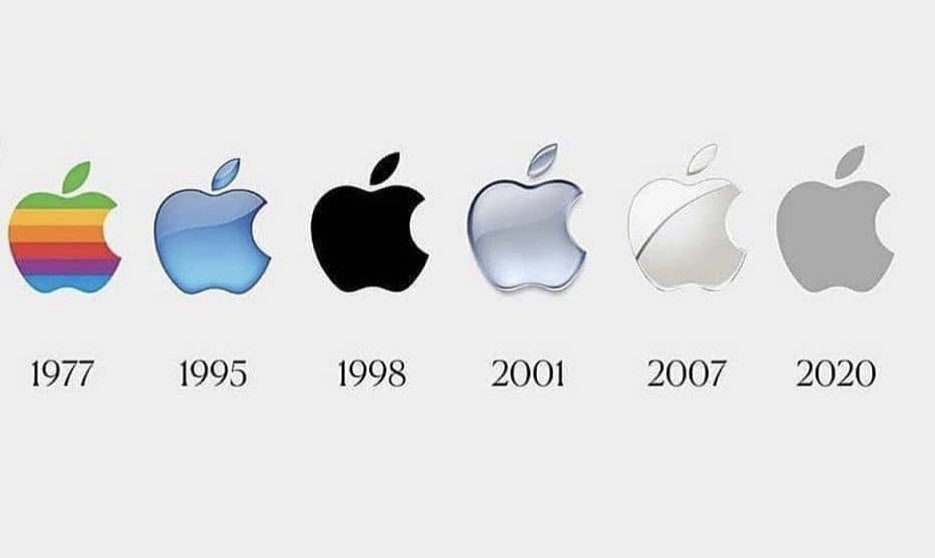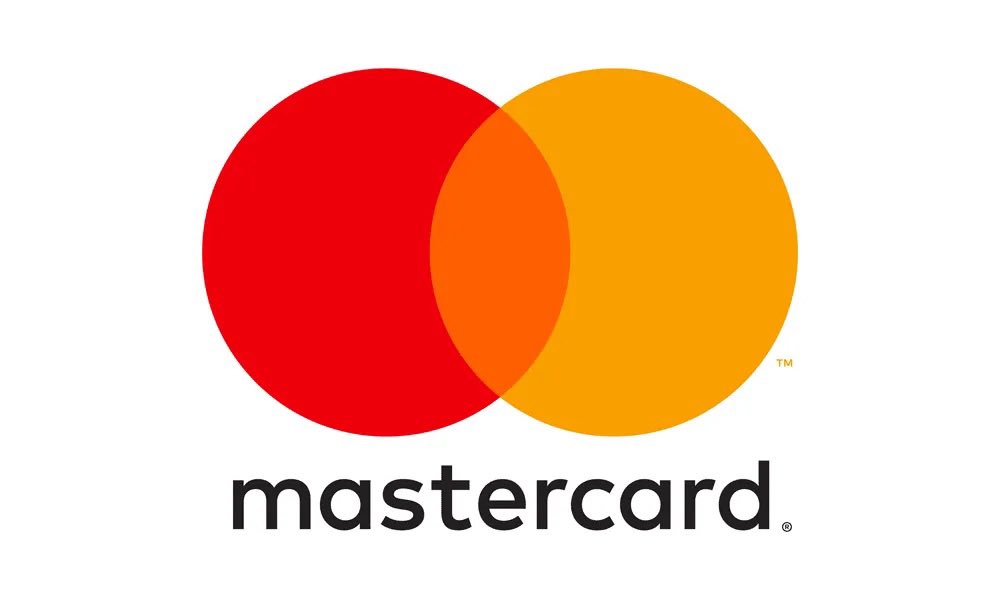
I made a list of corporate logos with a hidden message.
I promise you’ve never seen this before 🧵
I promise you’ve never seen this before 🧵
In the Amazon logo, the yellow arrow links letters "a to z", which represents how much Amazon learns about their competitors’ business by allowing to sell them on Amazon Marketplace. 



Apple’s logo is an apple. But the transition from the colorful Apple to the light gray color in recent version symbolizes a company which is becoming a shadow of its former self.
They’ve been fading out the logo by 10% each year after Steve Jobs died.
They’ve been fading out the logo by 10% each year after Steve Jobs died.

The Facebook logo has two characters in it. The first one is the blue “f”. If you flip the logo upside down, you will now see the letter “u”. These two characters combined is a short letter from Zuckerberg to the whole world. 

LinkedIn’s logo is a tribute to the early Web 2.0 era look and feel, which is the last time they built anything interesting. 

MasterCard logo is a tribute to the power of duopolies. They launched this logo to end the rivalry with Visa and instead work together to squeeze the market. 

I tweet weekly about startup insights. Follow me at @erenbali
• • •
Missing some Tweet in this thread? You can try to
force a refresh



